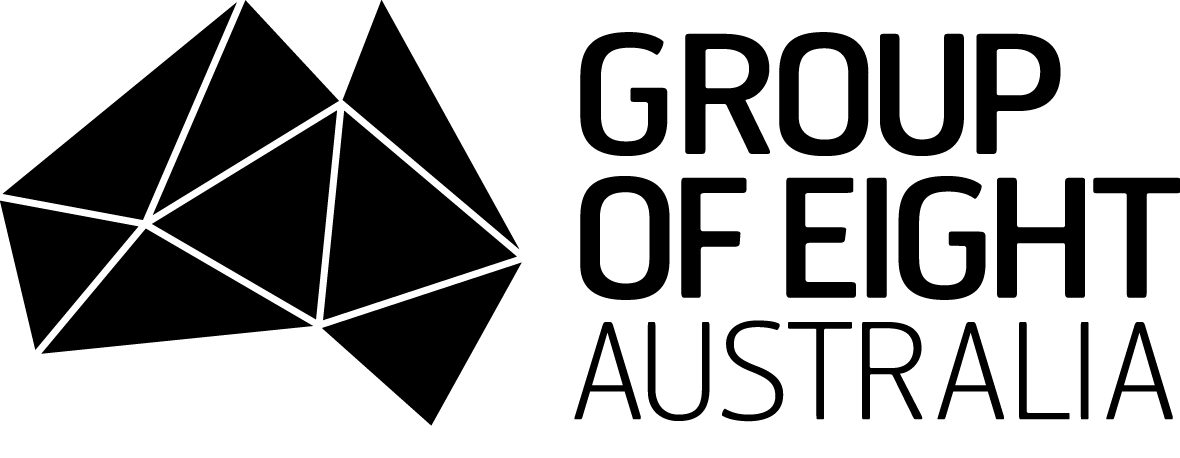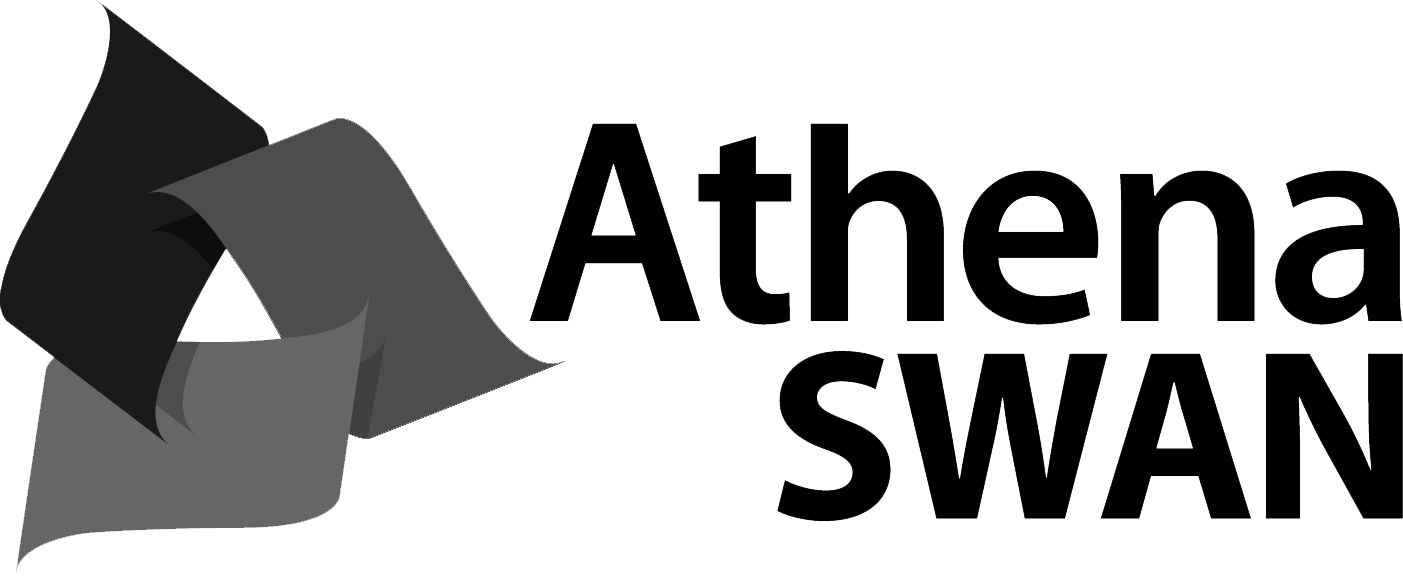The ability to design within the context of biomedical engineering requires cross-disciplinary knowledge and an appreciation and application of professional engineering standards and ethics. This unit provides students the opportunity to experience the design process and to develop good engineering skills. Students will build on skills and knowledge developed in prerequisite units and be introduced to standards and creative tools relevant to biomedical applications. The importance of standard engineering drawings in the communication and definition of parts and assemblies, the use of a CAD package to create them, and the importance and deeper understanding of standard components will be integral to the learning in this unit. Students will also learn and use the design process from initial idea to finished product, and practice various methods used to generate creative solutions.
Unit details and rules
| Academic unit | Biomedical Engineering |
|---|---|
| Credit points | 6 |
| Prerequisites
?
|
None |
| Corequisites
?
|
None |
|
Prohibitions
?
|
MECH2400 or BMET9400 |
| Assumed knowledge
?
|
(ENGG1801 or ENGG1810 or INFO1110) and (AMME1802 or ENGG1802); HSC Maths and HSC Physics |
| Available to study abroad and exchange students | Yes |
Teaching staff
| Coordinator | Young No, young.no@sydney.edu.au |
|---|---|
| Lecturer(s) | Young No, young.no@sydney.edu.au |





